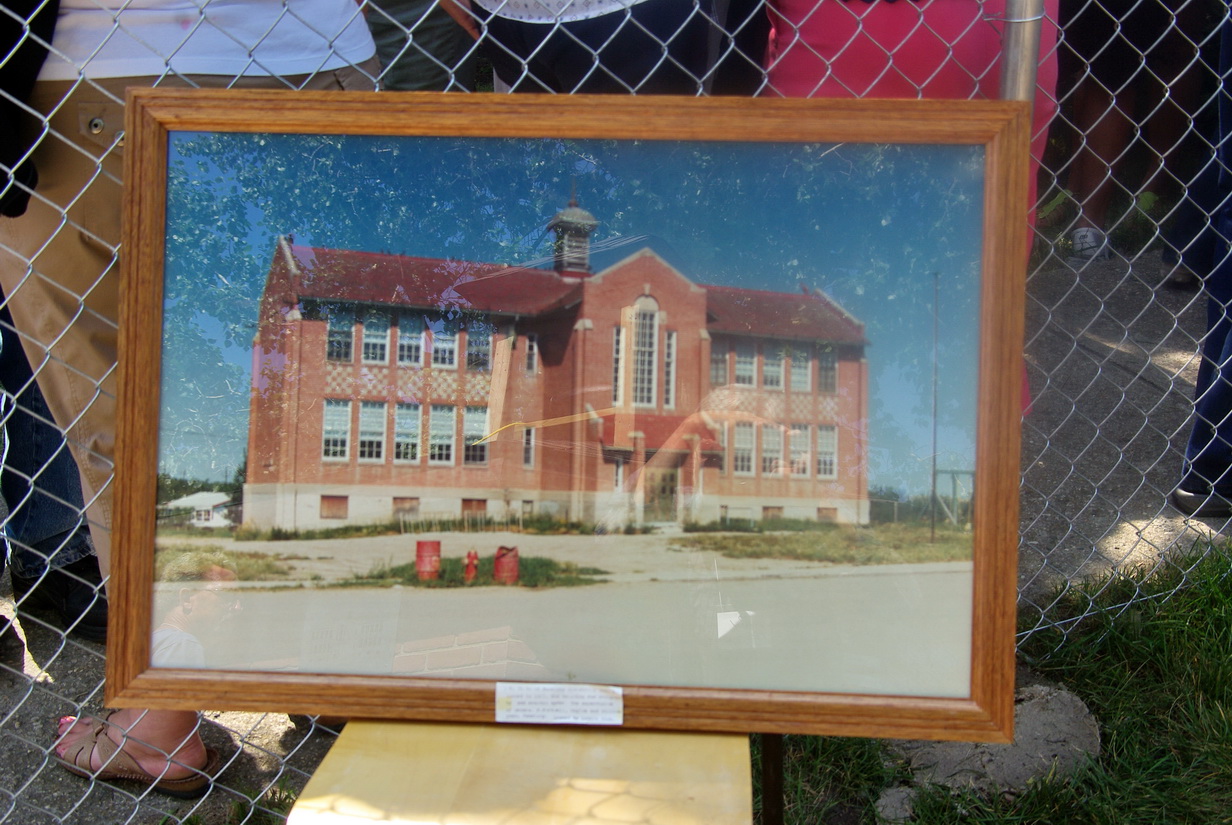本篇文章的中文版,请参阅 慈善工作 1—我的最初经历 (Link to Chinese translation.)
Charity work has become a topic of increasing interest in China. People have asked me to share something of my own experiences with charity work. In fact, on my last visit to China, I was asked to give a lecture on the topic at the University of Hunan. Some of these people are now encouraging me to describe my experiences online. Since the topic fits my interest in sharing cultural perspectives, I am pleased to do it.
I hope to write a series of articles describing different aspects of charity work as I have known it personally and have learned of its history in the West and elsewhere.
Meaning of Charity
The word “charity” describes many types of benevolent giving, normally from those who have enough resources in their lives to those who have needs. We don’t use the word charity within family relationships, since those kinds of responsibilities are always so basic and expected in all cultures. Rather, the word is reserved for the acts of caring and helps that are given to needy people in the larger community, whether locally or at some distance. Giving help and money to people who have experienced earthquakes and other tragedies is one kind of charity, but the idea of charity also describes giving help in such important areas as famine relief, education and health care.

Charity traditions in family
My first insights into charity activities came from my childhood experiences in a village on the Canadian prairies. My father, originally a farmer, became a small town businessman, selling automobiles and farm equipment. My mother was a full time homemaker. Most of our social life revolved around a small village church and the dozen or so families that made up the congregation.
Churches in the West are regarded as one type of charity organization. It is understood that they exist not only to teach people about right ways of thinking and living to please God (a personal focus) but also to encourage the practice of showing kindness and love to others (a social focus).
Community charity traditions
My mother, as with the other women in our little church, met monthly in their “Mission Circle,” a group where the primary focus was on doing projects to help overseas missionaries. While these meetings were an important social activity for the women, they also provided a “window on the world” for people who often had no chance to travel far from home. Missionaries were often married couples or single people (most often women) who had chosen to go to distant lands to be part of the great movement to share the Christian message and way of life. Giving practical and needed support to such people was seen as an act of significance in the world and an act that was sure to please to God.
In this way, rural people of limited financial resources found themselves part of a large and important movement. They were supporting people they had come to know personally, people who had committed themselves to work in distant, and sometimes dangerous, foreign environments. Being part of that enterprise brought its own feelings of excitement and fascination. Often packages of clothing and food items would be prepared, then sent overseas for the missionaries themselves or for people with whom they worked.
In our family experience, these activities were not supported directly by the government or any wealthy church or other organization. Rather, missionaries “raised their support” by meeting people in the towns and countryside through church contacts. These people would present their plans for doing teaching and work abroad and request donations to cover costs. Local people often chose to make monthly donations to help spread the “Good News” (as Christians like to call their teachings) and provide practical service, such as education and medical help for people in faraway places.
Charity work through foreign missions
In return, missionaries would send back letters and pictures reporting successes and, sometimes, failures in their work. Due to the high cost of sea travel in those early days, missionaries would normally live overseas for four years, then return home to Canada for one year. This “furlough” year would be filled with preparation for another time abroad, and for re-establishing personal contact with supporters who would help finance their next term overseas.
I often attended such meetings as a child, watched the slideshows and heard stories of these overseas adventures. I learned of schools and hospitals that were being developed and supported in far off lands and of languages that were being put into writing for the first time. In the process, we were aware that people were learning about the God we believed in as they learned the same bible stories, songs and music that we were also familiar with. Without question, we believed this was an important way of honoring God. We believed we were giving significant help to such people.
My mother gave support to her chosen missionaries, one couple in India and a different single women missionary in Africa. She made a commitment to send gifts of five dollars monthly to each of these. This was one “act of charity” among others within our family life and rural Western Canadian culture.
Charity traditions continue
There were other ways also that our church community and the Women’s Mission Circle practiced charity. Our family and our close friends would frequently provide helps to families with special needs. Quilts were often made for organizations such as the Red Cross, or for the nearby tuberculosis sanatorium. And if anyone was sick, it was important to visit and provide some helps to the family.
We knew it was our Christian obligation to help others in need. The guideline for giving that we learned from church was to take out a full ten percent out of every employment paycheck to “give to God” (which really meant, to give to the church and other organizations that did charity work). This was the childhood influence which was ingrained in me from an early age. In fact, when I received a dollar for my weekly allowance as a child, I was encouraged to hold out 10 cents to place in the “collection” when I went to church on Sunday.
Only when I was older did I better understand the history and importance of charity work in Western culture and traditions. Of course, charity work is part of many cultural and religious belief systems throughout the world. In our modern emphasis upon acquiring personal wealth and position, it is easy to forget some of the traditions and beliefs that have given meaning and satisfaction to lives of people through the generations. For this reason, I continue to value the “wisdom of the ages” that is normally a major part of our religious and cultural beliefs.
In this and future articles, I will explore more of my personal and family experiences relating to charity work and some of the models of good practice that I have seen in the lives and work of other people and organizations.
To learn more about the meaning and practices of charity work, see:
More pictures of my hometown.
This article was first published in China, 2011/04/11
on the 3Us website: http://forum.3us.com/thread-42131-1-1.html
Note: By 2019 09,this article had 4645 hits on the original 3Us website.
First published here: 2021/03/22
Latest revision: 2021/04/11





